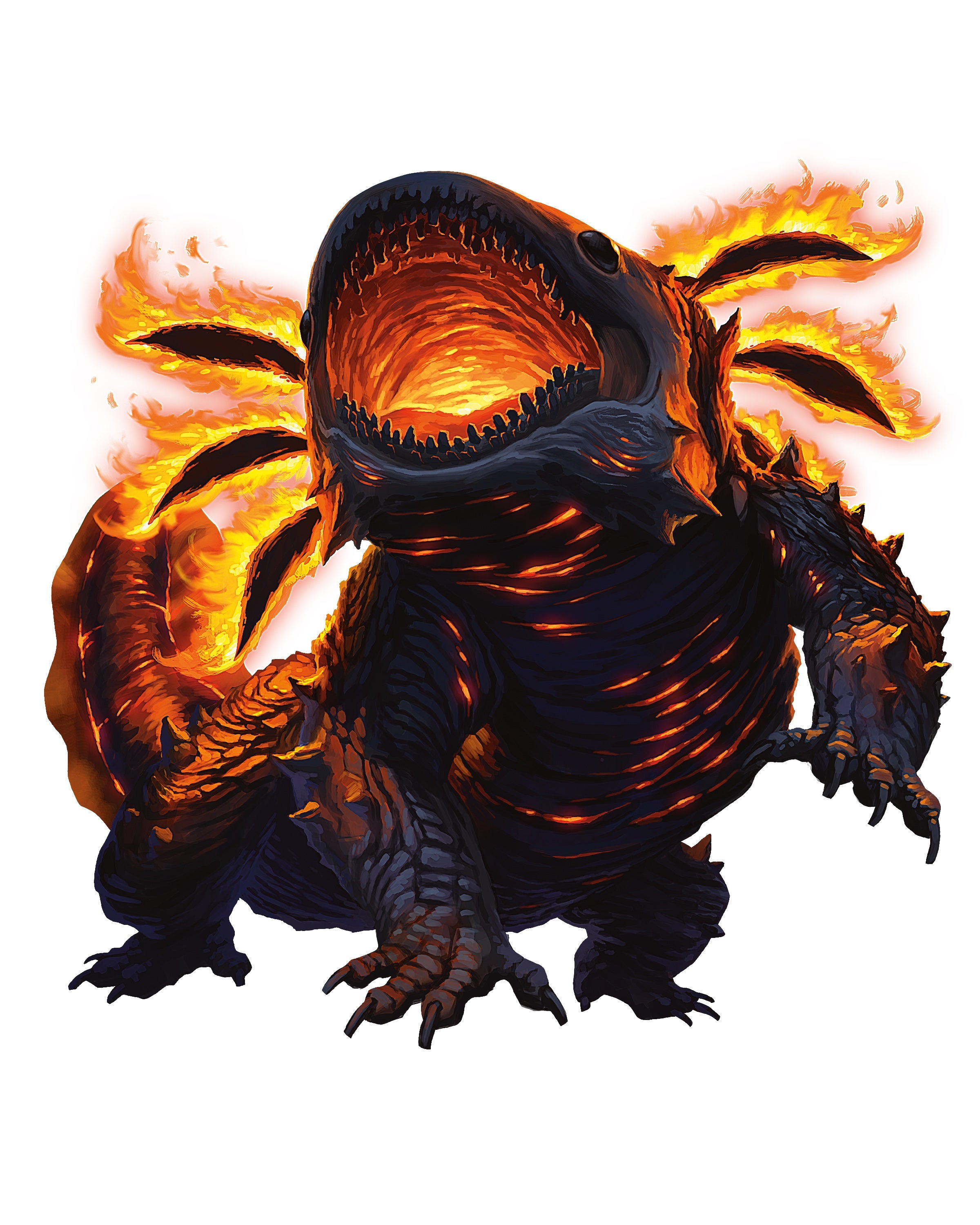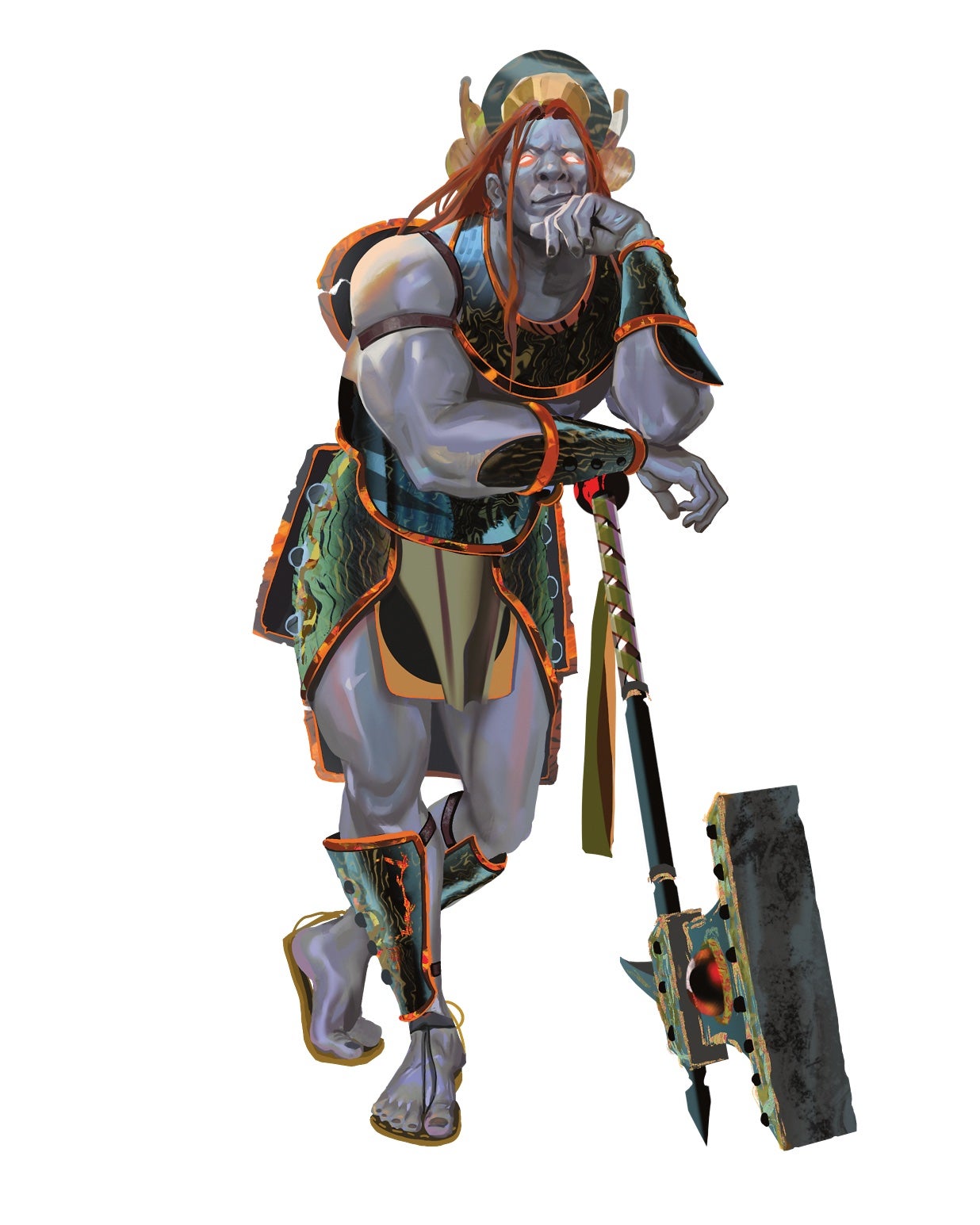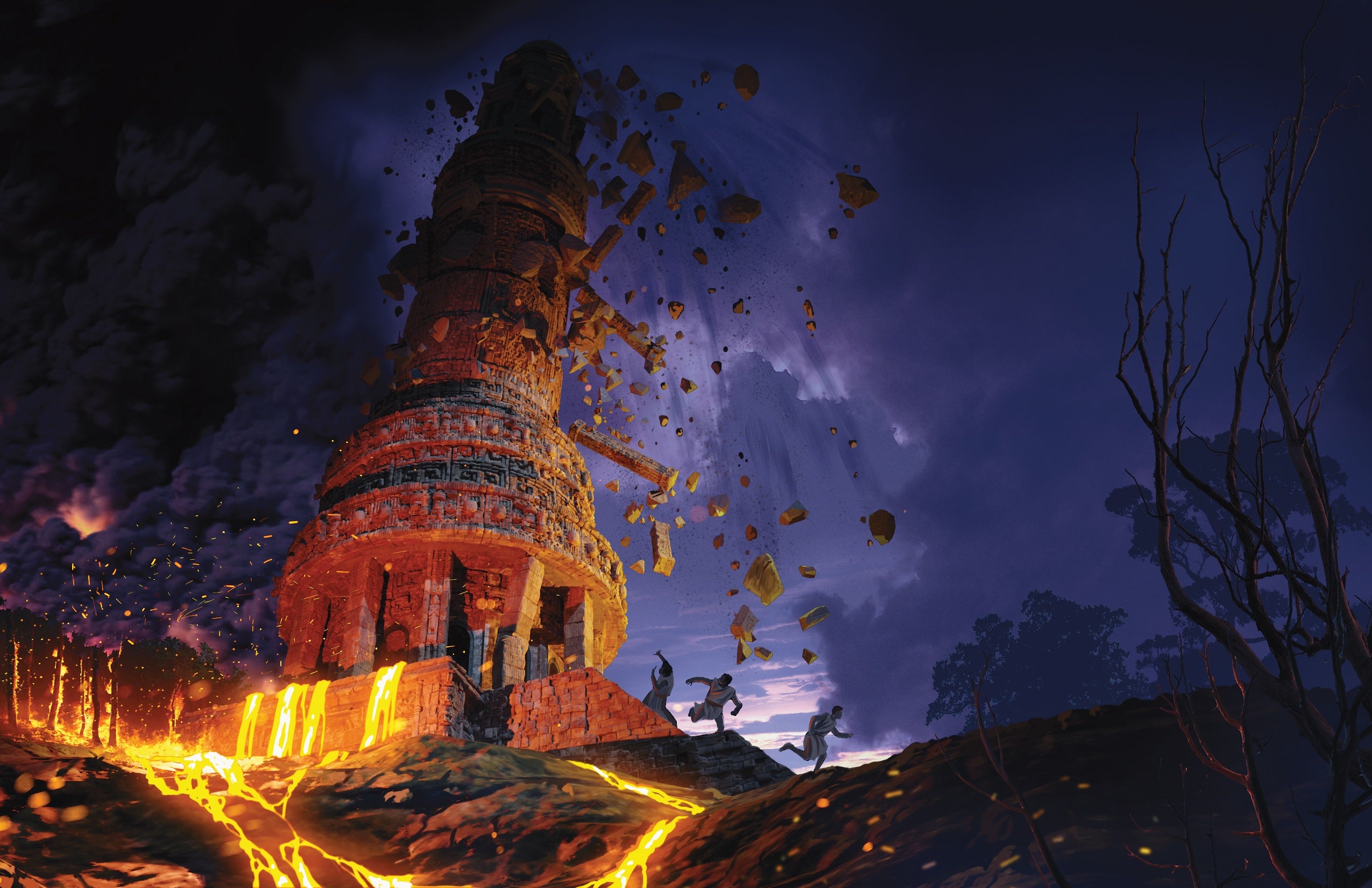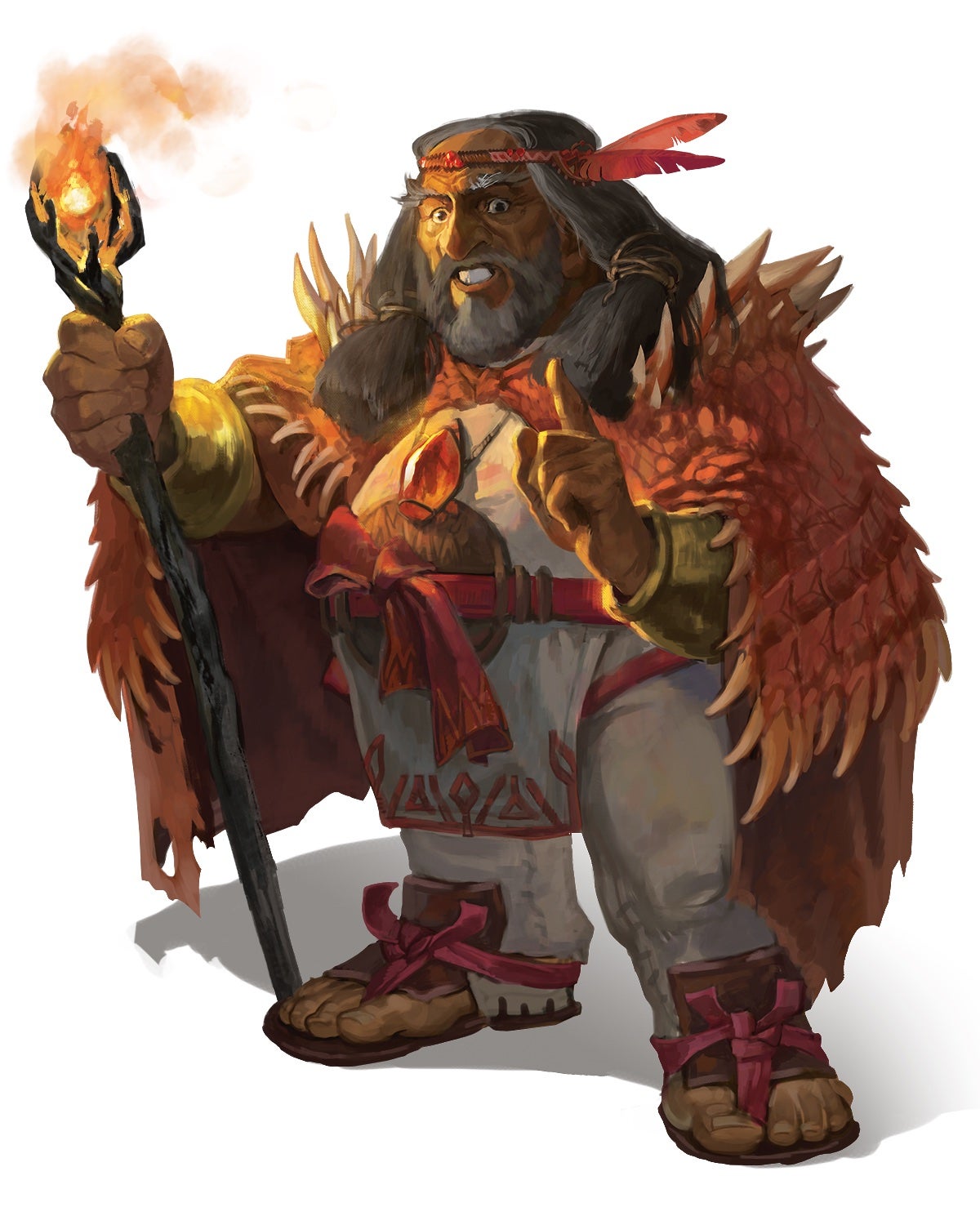The Radiant Citadel is not a dungeon. It’s a way stop, a place for Dungeons & Dragons characters to rest on the road… specifically, roads to and from the various dimensional worlds of D&D. It’s a place where any player can find themselves, perhaps embarking on the 13 adventures found in the upcoming Journeys Through the Radiant Citadel anthology — and Gizmodo has an exclusive look at one of them.
The Radiant Citadel is known for its diversity, being home to so many widely varied cultures from across the multiverse. The creators of Journeys Through the Radiant Citadel were just as diverse, bringing their histories and lives and cultures together to make a Dungeons & Dragons location unlike any other. That includes Tletepec, created by Alastor Guzman, along with its accompanying adventure “Trail of Destruction.” It boasts new gods, characters, and monsters, inspired by Guzman’s youth in Mexico City. Here, Guzman explains what and who players can expect in Tletepec, and how GMs can make the most of it — all along with some gorgeous artwork.
Linda Codega, Gizmodo: Can you tell me a little about Tletepec, the area of the Citadel where “Trail of Destruction” takes place? Typically,when I think of ancient Mexico/Aztec settings, I imagine lush jungles and farmland, and this seems very different.
Alastor Guzman: Mesoamerican cultures are often tied to lush jungles as common in the south of Mexico. The Mexico City valley, where the Mexica dwelled, is a highland between several mountain ranges, generating a forest biome. While Mexico City has an active volcano, earthquakes are frequent. I wanted to explore how civilisation would develop where these conditions are more prevalent and you have magic to counter it.

Gizmodo: I would love to know more about the characters of Ollin and Xocopol. They have such eye-catching, bright designs.
Guzman: The idea for Ollin came from one of the cores of Tletepec, which is the idea of embracing life and enjoying it. This draws from my own experience because Mexican culture is about enjoying everything. One of the main ideas came from our Day of the Dead, where the ambient, mournful, is full of joy. I wanted to convey that with Ollin, even during disasters, you can always smile and seek art.
For Xocopol, I wanted to create a different concept for fire giants, something that is in the region and can interact with the offerings of the gods all the same. The core idea for Xocopol as an encounter is that he is interfering with the offerings and has his own agenda but is not directly antagonistic to the characters unless attacked. I wanted to give options in the adventure to show that you can also save the day talking with people and understanding their points of view.

Gizmodo: Izel the Tlexolotl is a fascinating new creature and antagonist. Can you tell me about the inspiration behind this elemental force?
Guzman: The Tlexolotl has two origins. One is that axolotls are one of my favourite animals, and they are local to where I grew up in Mexico City. They are an iconic animal of the borough of Xochimilco, and are famous for being able to regenerate any damage done to them. The second inspiration is my love for gigantic creatures and encounters that can be solved in alternative ways. The idea is that Izel is a force of nature that you can interact with and have to deal with because they don’t care about the consequences for the small mortals around them.

Gizmodo: Are there any other Mexica/Aztec legends you drew from to create “Trail of Destruction”?
Guzman: The legend of the twin gods is based on the story of the Popocatépetl and Iztaccíhuatl, with the addition of how they became gods and now help their people. The idea of the tlexolotls is based on the cipactli legend of a massive creature that dwells in the primordial sea. And finally, more on the historical basis, the legend of a volcanic chain eruption destroying civilisation is based on the Cuicuilco city that was razed when a nearby volcano destroyed the settlement.
Gizmodo: Your other work, the creator-owned Tales from the Gods RPG, also deals with massive, supernatural, godlike forces in play with humanity. What about this theme of gods and mortals draws you in as a game designer?
Guzman: Religion and the idea of godlike forces have been a part of human history for generations. The theme of gods and mortals and how they intermix and weave into a story draws me in as it allows two kinds of stories to be created. How mortals can work toward goals that make them closer to the divine, and how they can use this power to shape history. On the divine side, I like how you can use your power to help them in indirect ways, like the boons of Tletepec, while still allowing them to be free to develop on their own.

Gizmodo: Are there any specific personal stories you tied into this module?
Guzman: When the [Mexican] earthquake of 2017 happened, everyone was trying to help, but it took some time to get things organised as different ideas and good intentions clashed. Everyone was looking for how to help, and the first hours were chaotic as news came by and people tried to help each other. The emotion I wanted to transmit from this experience was that while it can be chaotic at the moment, everything can come together when helping each other.

Gizmodo: Do you have any advice for GMs or players who are excited to play this module?
Guzman: My advice for GMs is to maintain the sense of urgency in the adventure and keep in the players’ minds that they must move quickly or the village could be destroyed. Use the landscape narration to transmit the idea of how the natural disaster is closing in every minute. Play the monsters as if they are preparing for something big and are eager to see it happen soon. This will keep players on edge and ready to actively advance the story.
When playing with Izel treat them as a Kaiju, the first of a future invasion of giant creatures similar to a force of nature that will destroy everything on their way. With every narration and description show the sheer destructive force they represent for the environment. Show their confidence in their power and how they can’t be stopped. Keeping all this in mind can change the atmosphere for the final encounter completely.
Journeys Through the Radiant Citadel will be available July 19.
Want more Gizmodo news? Check out when to expect the latest Marvel and Star Wars releases, what’s next for the DC Universe on film and TV, and everything you need to know about House of the Dragon and Lord of the Rings: The Rings of Power.
